Some of you may have seen the recent news about the new 35mm motion picture reversal film released by Atlanta Film Co, Euphoric 100. In that news, I mentioned a review was coming soon and here it is!
To recap, Euphoric 100 is Atlanta Film Co’s release of Kodak motion picture colour reversal film we know as Ektachrome. The film was initially discontinued but made a comeback thanks to the power of HBO. In an interview about making Euphoria’s Season 2, Sam Levinson (Writer/Director) said they asked Kodak to remake the film for them. Along with cinematographer Marcell Rév, Sam wanted to use it to achieve a different look from Season 1. However, instead of using the film’s intended E6 development process, Marcell Rév cross-processed it in ECN-2. This was to further differentiate the look of Euphoria Season 2 and became the inspiration for Atlanta Film Co.’s Euphoric 100 release.
Earlier in the year, we had reported on another release from Atlanta Film Co. of motion picture films including 250D, 500T, and 200T. Shortly after, Bill Manning (@studio.c41), the lead man behind the brand, sent me a couple of rolls of the unreleased Euphoric 100 to test out. Which I was more than happy to do.
Now, I don’t shoot a lot of reversal films. Instead of the familiar warm generous hug of colour-negative films, Euphoric 100 was an enjoyable adventure but a little tense as I didn’t want to mess things up. Echoing in the back of my mind was the advice one reads often on the internet for reversal film…unforgiving lack of latitude, expose for the highlights, etc. I was glad for the advice which Bill gave me before shooting the film. Showing me some samples he had taken, he mentioned that window light was excellent for this film.
So, let’s dive in.
Euphoric 100 Film Details
Specifically, Euphoric 100 is Eastman Kodak Color Reversal Film 5294/7294 which is a 100-speed, reversal motion picture film intended for use under daylight (5500K). Recommended exposure for under tungsten lighting (3200K) is ISO 25 (with an 80A filter).
Kodak’s datasheet says, ‘It is excellent for advertising, nature cinematography, documentaries, music videos, and is especially good for telecine transfers and television filming.’
That is, with the recommended development process of E6, used for colour reversal motion picture film.
Using E-6 chemistry will produce moderate colour saturation, a neutral grey scale, and accurate skin reproduction characteristics as described by the manufacturer. (Source: Kodak Datasheet for Color Reversal Film 5294/7294)
It’s a different story altogether with ECN-2.
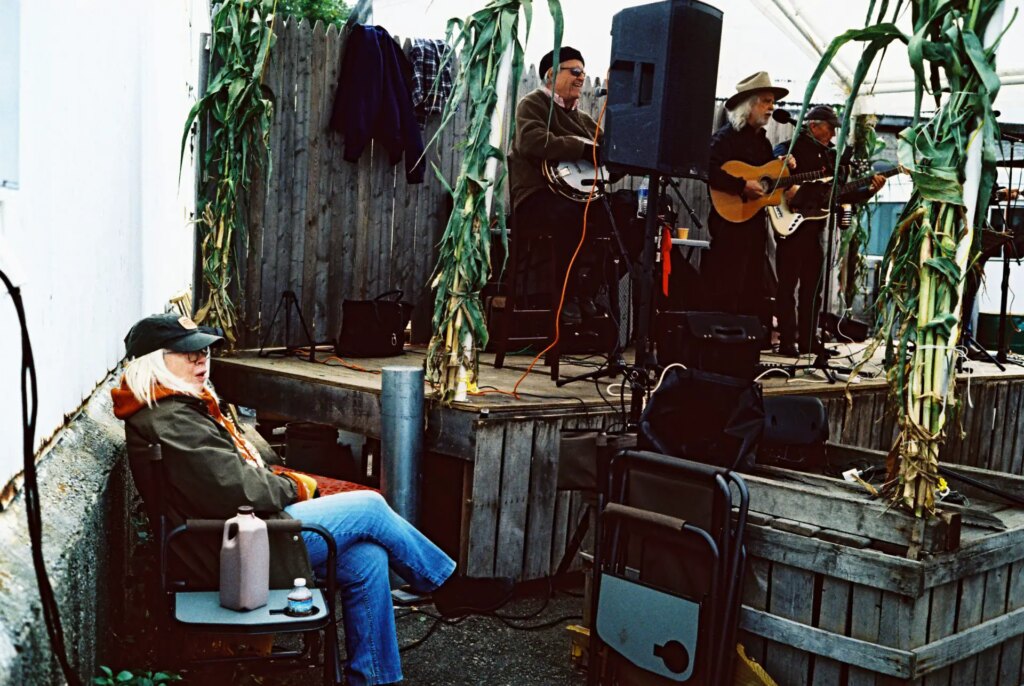
ECN-2 Chemistry
Using ECN-2 chemistry to develop this film is a cross-process, processing the film in chemistry for which it was not intended. When film is cross-processed, it tends to increase contrast and create strong colour shifts. In this case, cross-processing Euphoric 100 results in a strong green cast, which is easily corrected during the scanning process or afterwards in photo editing software.
ECN-2 is a standard process for color negative motion picture film, involving a pre-bath which removes the remjet layer. This layer is a protective technology created for film that is run through cine cameras at a fast pace which can easily produce static discharge or scratching and ruin the film. In my experience, the motion picture film feels thicker thanks to this layer. It’s also a sticky process to home develop as I can attest to. My AP reels have never been the same since!
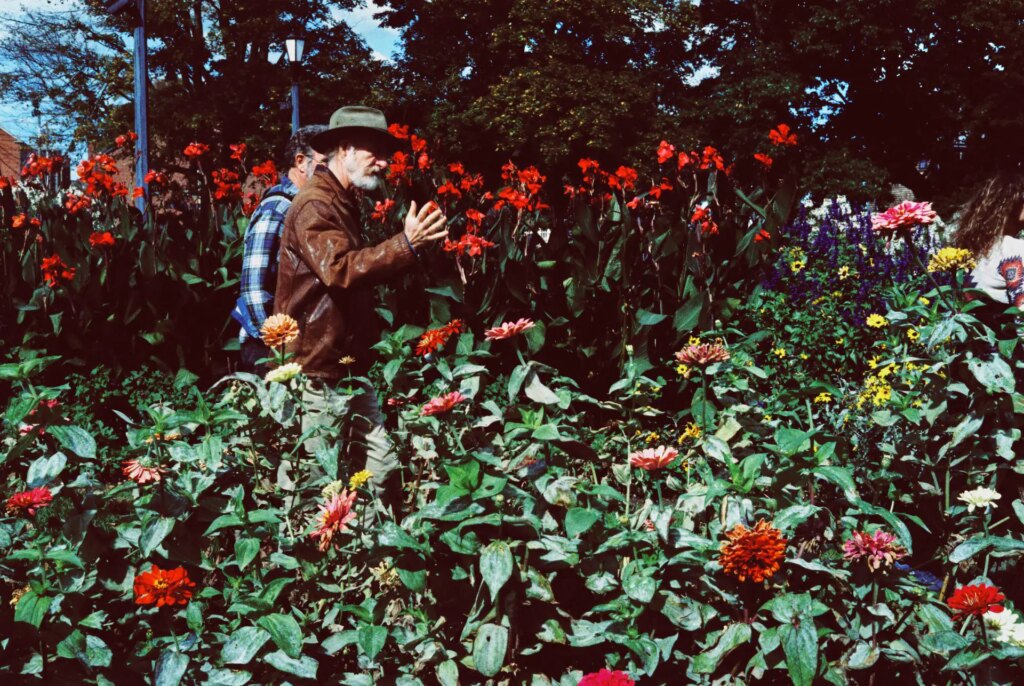
Kodak Film Labs
One of the best things about the Atlanta Film Co. release of this film is that they didn’t just hand-roll Kodak motion picture film for still photographers, they also championed ECN-2 processing which is done at Kodak Film Lab Atlanta through Dunwoody Photo. Bill told me that the film is hand-delivered to the Lab. Now that’s TLC if you ask me.
There aren’t many Kodak Film Labs out there, so to have this opportunity is quite special. Specifically, there are three: London, New York, and Atlanta. These labs handle commercial-level motion picture film processing so their set-up is specifically tailored to this type of customer. I would wager without risk this means an excellent top-of-the-line process without hiccups or mistakes that has been perfected to a point. Imagine messing up The Walking Dead? That would not be good.
Indeed, Bill told me that while they were testing out the processing of the shorter still 35mm rolls with KFLA, it was so smooth which made it an easy decision to move forward with bringing the films and the ECN-2 processing to the market.
For interest, a few of the films that have been processed by Kodak Film Lab, Atlanta are The Walking Dead (all seasons), Hidden Figures, I Tonya, The Florida Project, The Front Runner, The Banker, and Devil All the Time.
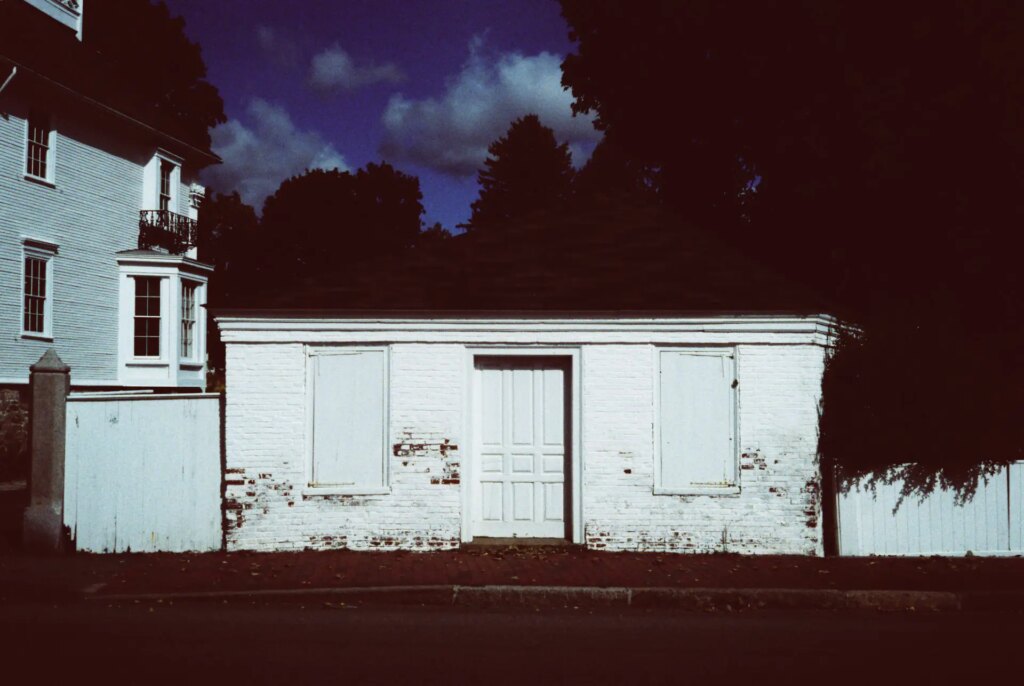
Testing Testing
With two rolls of Euphoric 100 burning a hole in my film bag, I debated the best place to shoot them for awhile. Bill’s advice of finding window light meant finding somewhere indoors or with strong but diffused directional light. It was also harvest season in New England, which meant a few things: orchards, apple picking, corn mazes, fresh apple cider doughnuts, fresh apple cider, pumpkin picking, etc. My favorite season! With luck, there was a farm nearby that hosted a Harvest Festival each weekend during the fall. Exciting and fun but also offering a variety of lighting situations indoors and outdoors, this was a good place to start.
Testing Euphoric 100 was exciting but also a learning experience. Analyzing my two rolls, I can see where things went right and also where they went wrong. Wanting to get a variety of subjects to gauge the capabilities of the film, I shot the second roll over the next few days, finding different types of subjects including the classic gas station shot at night. My sister and parents obliged for a portrait as well so I could get a sense of skin reproduction for their specific type of skin tones, which will be different for everyone.

Overall Reflections
Overall, I think this film is fantastic. Not only because of the film’s characteristics but because of the price too. While Kodak E100 is now reaching new heights of GBP 23.50 a roll, the USD 13.49 to spend for Euphoric 100 is incredibly attractive.
With the ECN-2 processing, the colours reproduced are dramatic, saturated, and true to life. I would describe many of the images as moody which is perfect for cinema and drama. Seeing the samples from other testers who shot portraits, both in the studio and outdoors, I’m convinced it’s perfect for this situation. Strong directional diffused lighting seems to be the sweet spot, whether this is through a window or a strobe. The shadows fall off quickly and there isn’t too much wiggle room concerning film latitude, consistent with advice for shooting reversal or slide film.
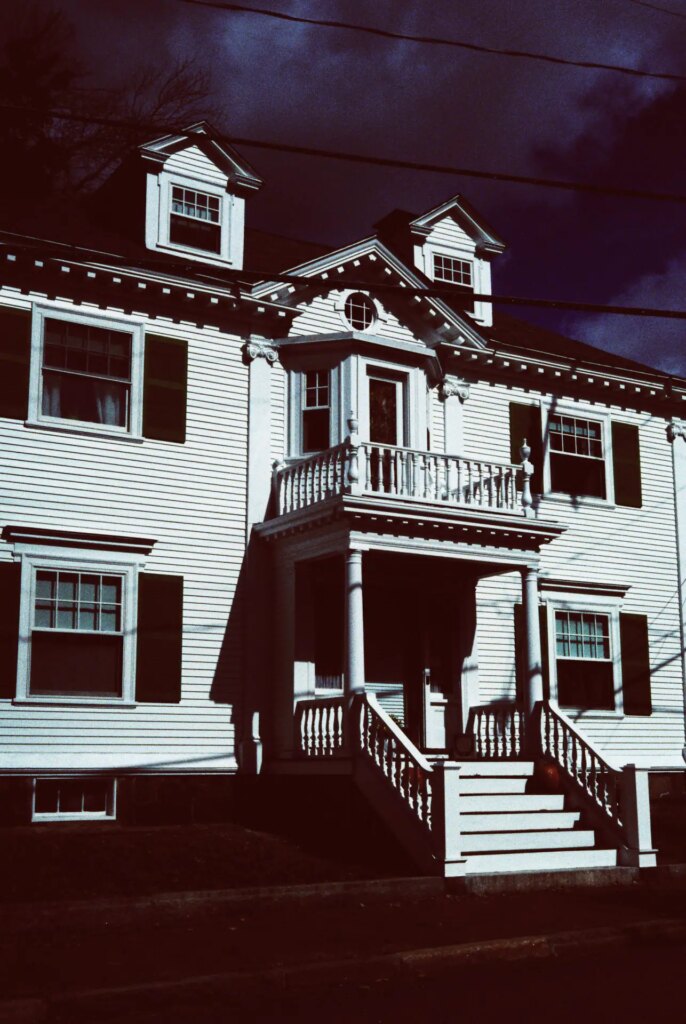
Detailed Roll Review – Highlights
I’ll start with my favourite images and what I love about this film. These are the scenarios where my choice of subject, lighting, and location worked well with the film’s properties to produce pleasing images. As most things are, photography is subjective so opinions might differ, but you can see the results and conclude your own thoughts. I’d love to hear some of these in the comments below!
Let’s start with one of the best lighting scenarios as recommended for this film, window light. These are the images I shot with window light that seemed to have worked out well.
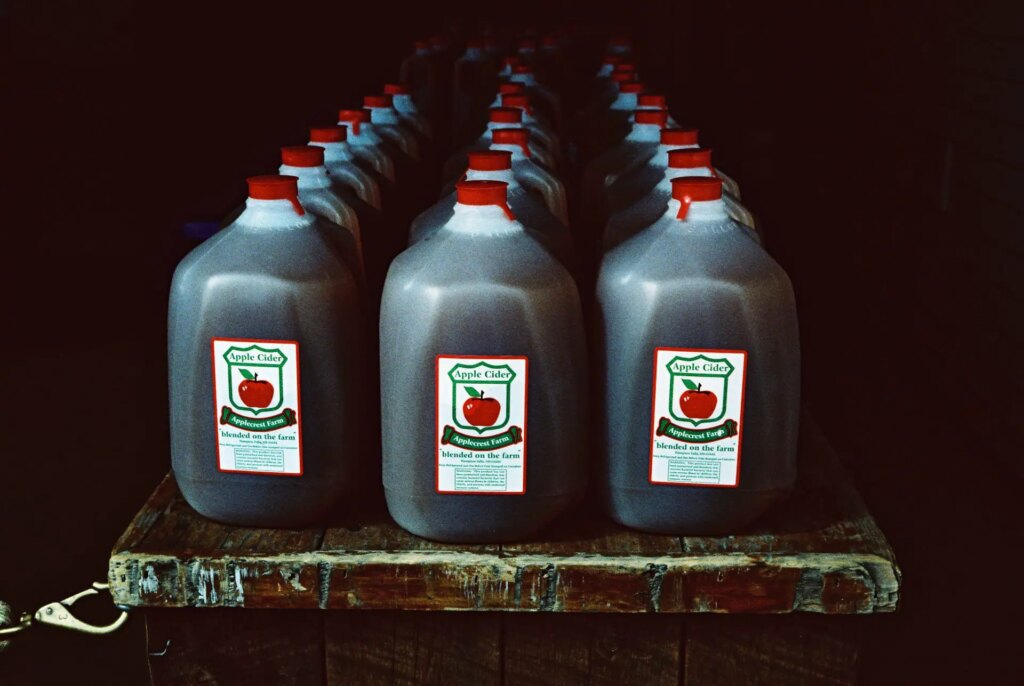
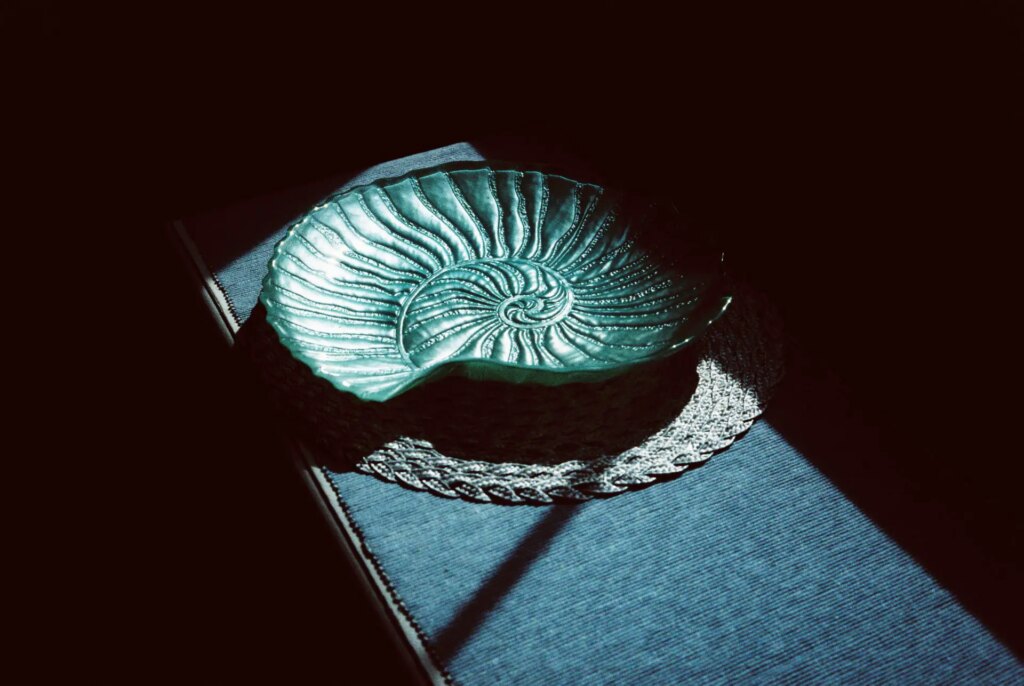
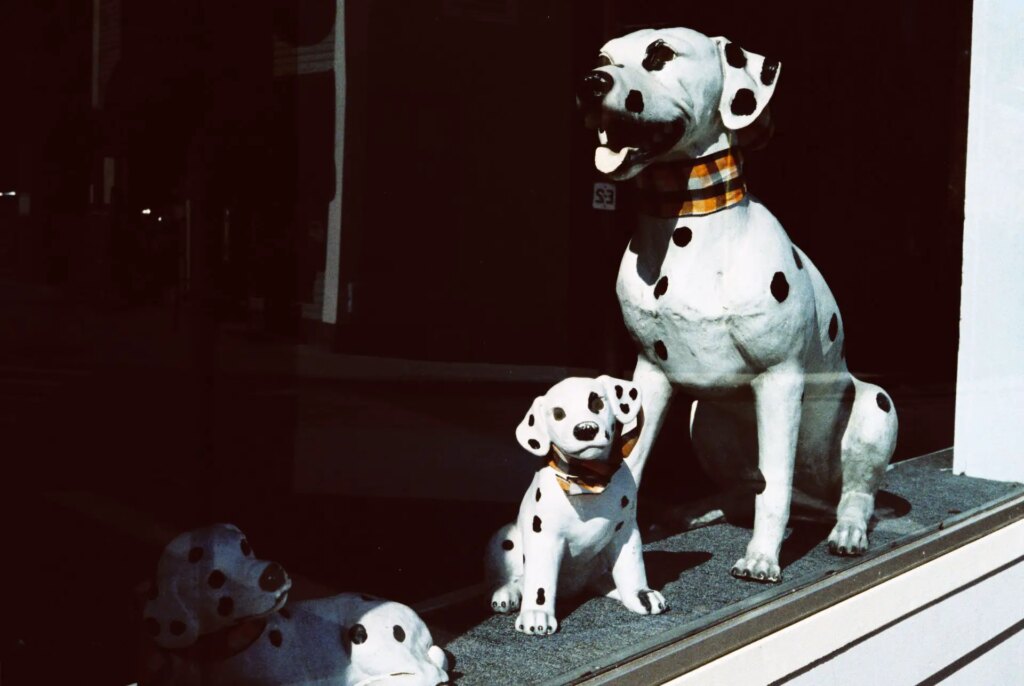
I love the strong shadow falloff in these images (above). It draws the eye directly to the subject and there is no question of where to look. The colors are beautiful and strong making a powerful impact on the viewer.
Images where the subject of my photograph was in full sun also worked well. The colours are very saturated and seem to sing drenched in the sunshine. This scenario works well with the film especially as it does need a decent amount of light being a 100-speed film. In the portrait of my dad below, his skin tone remains neutral while all the other colors around him are very saturated.
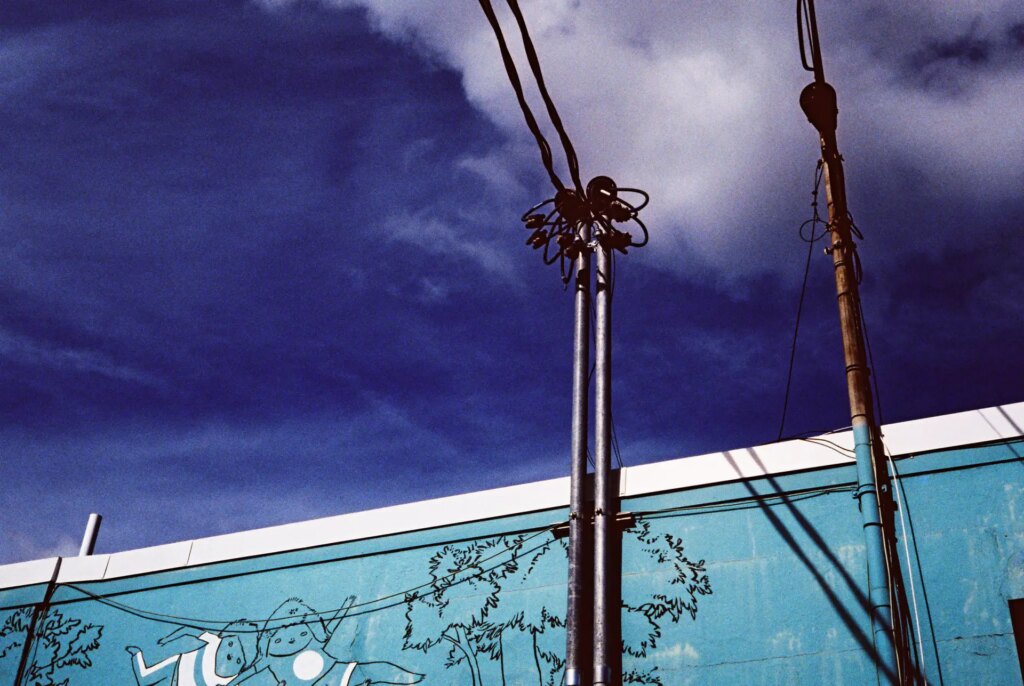
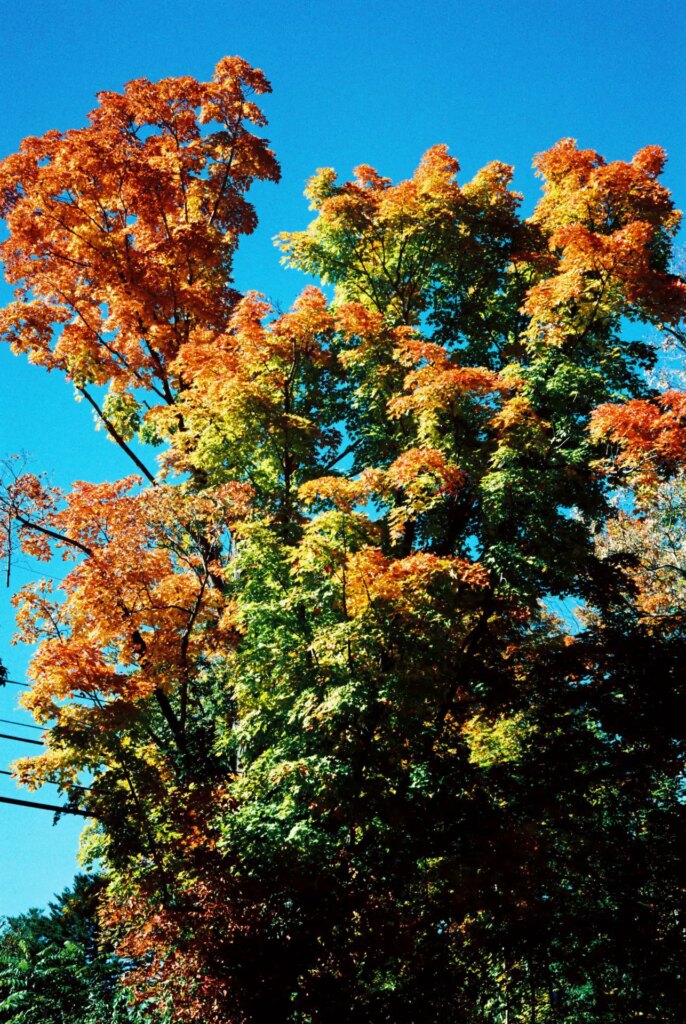
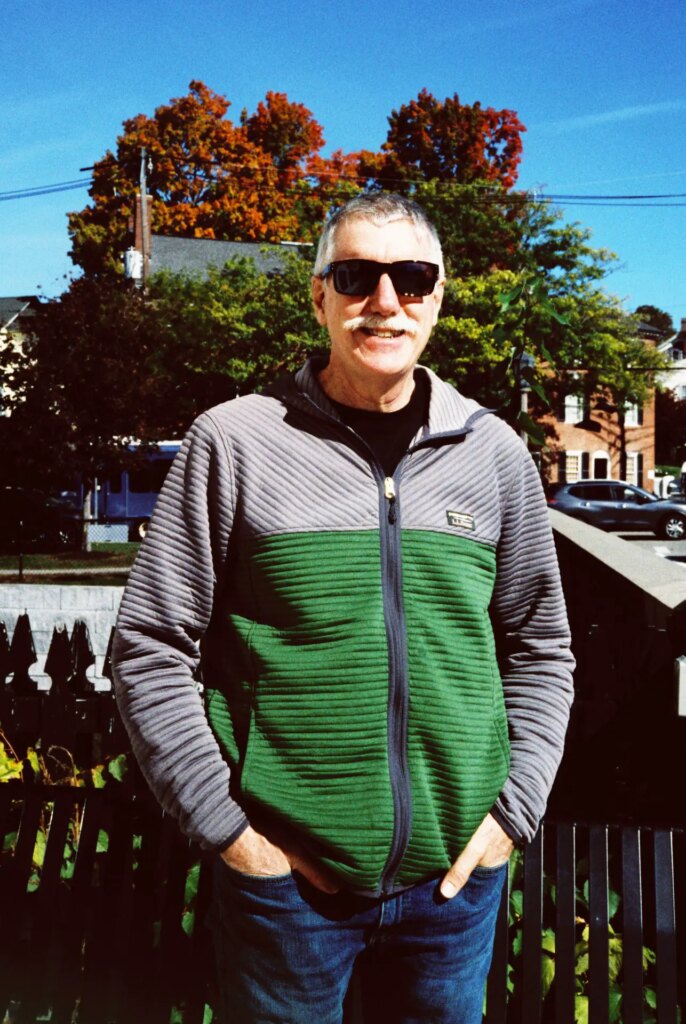
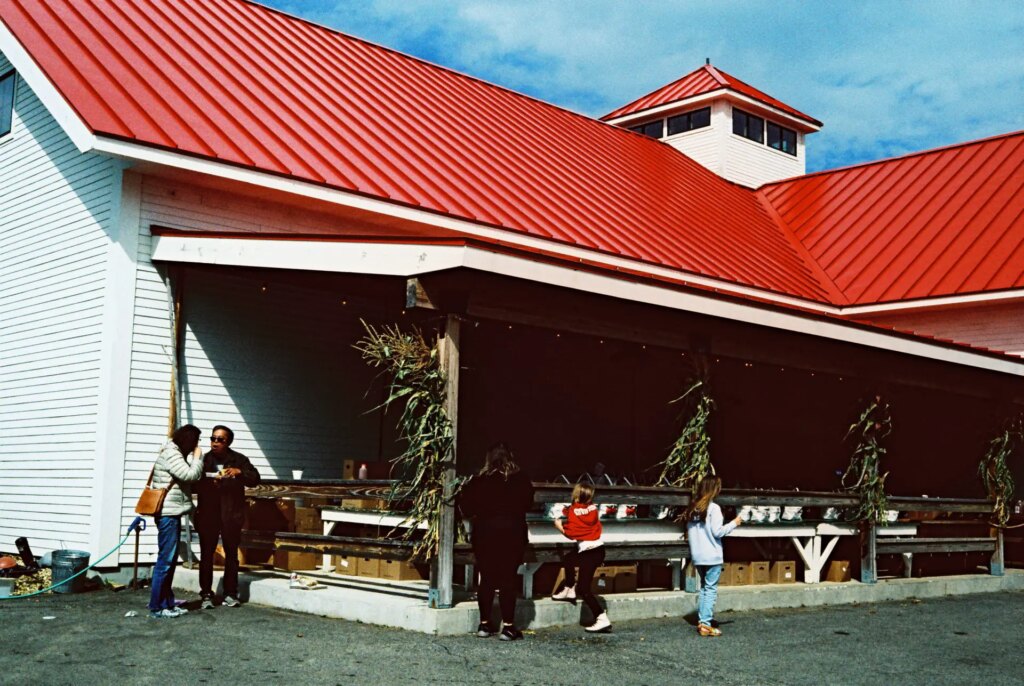
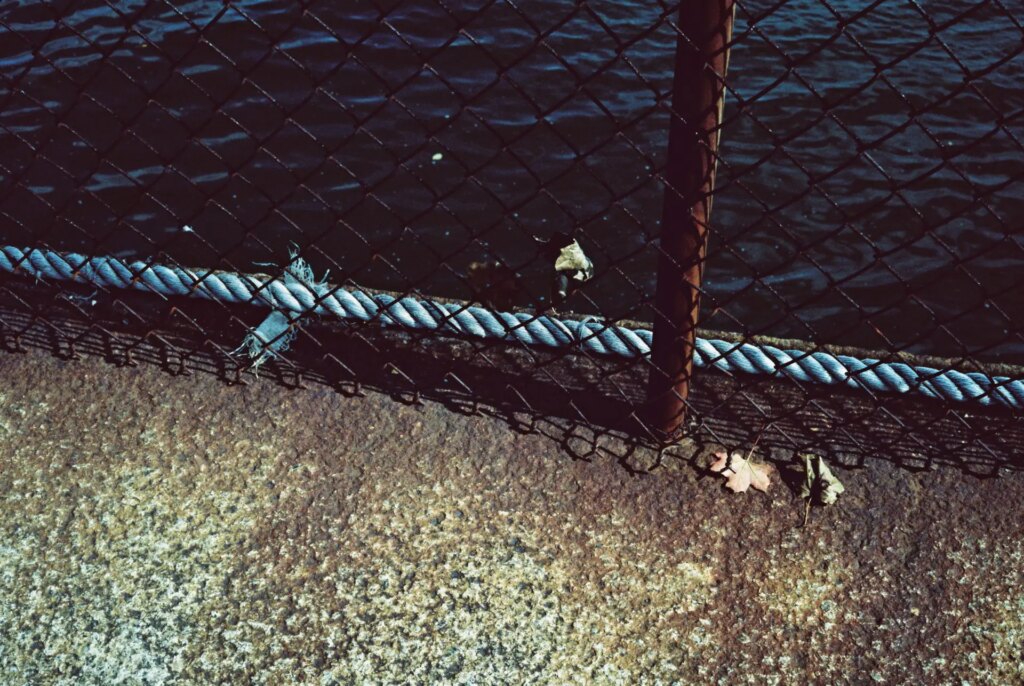
Ok, next up were images that I took at night. For these, I exposed about one or two stops above the meter reading for the highlights. I will share a little bit later how exposing only for the highlights didn’t work out due to the fast shadow fall off with this film. But here, the classic gas station at night shots are pleasing. Grabbing a portrait of my sister as we were filling up on gas also works as well because her face is flooded with light. I didn’t use an 80A filter and thought the colors still looked good.
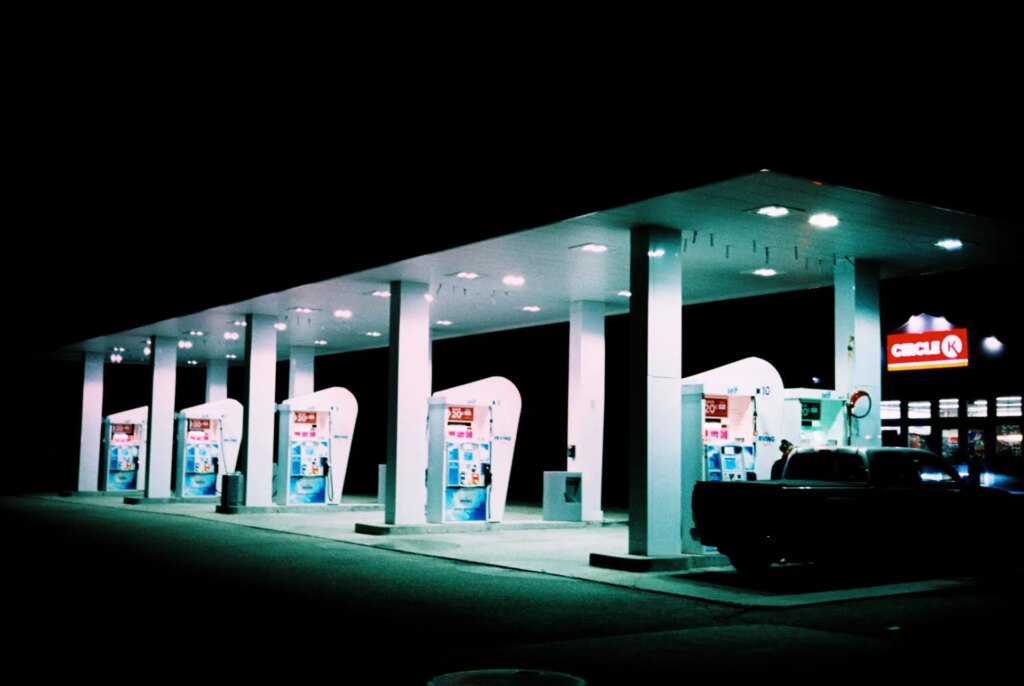
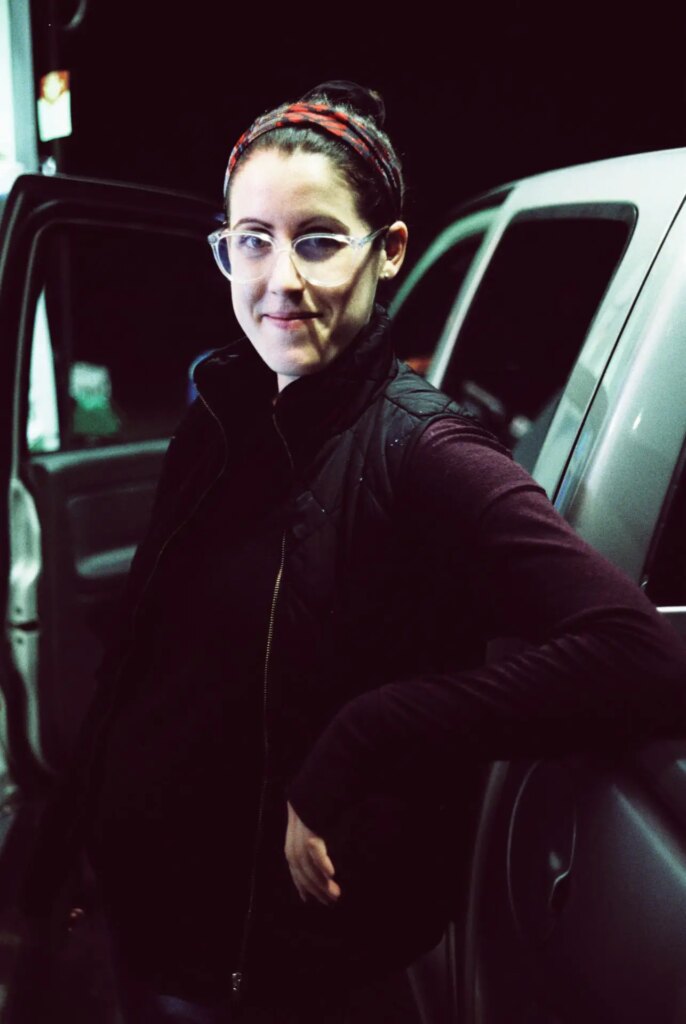
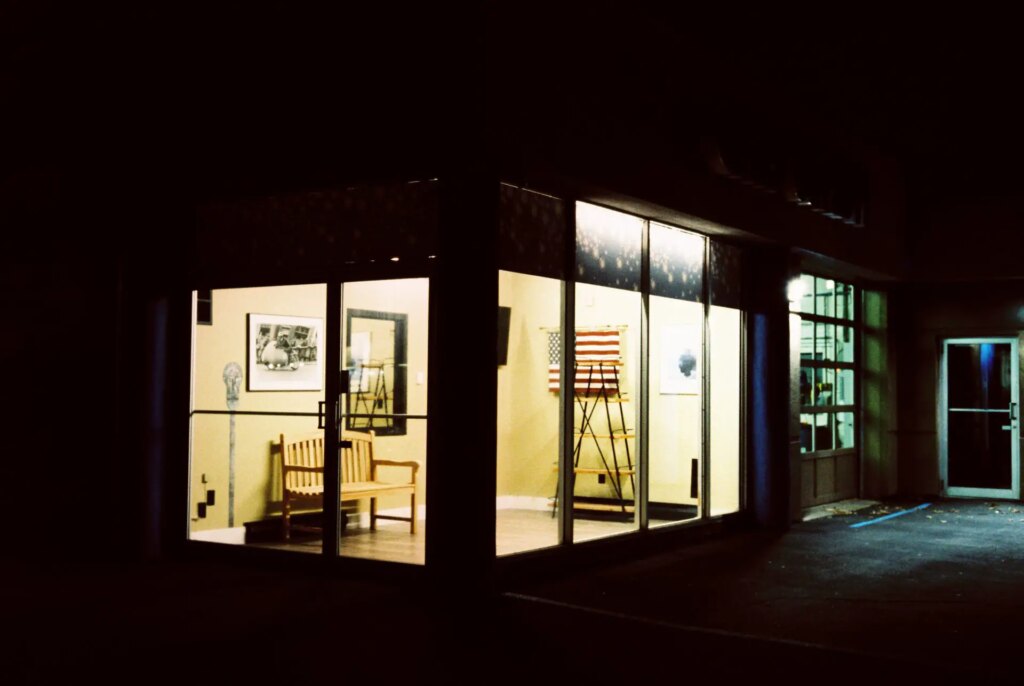
Detailed Roll Review – Challenges
Ok, so here are a few scenarios and images that didn’t work out the best. So perhaps if you are interested, this might save you some time. Of course, you can shoot the film however you like, but I’ll share these in case you want to know what to avoid.
Since this film is very punchy when processed in ECN-2, when a scene involves patchy sunlight, the subject can become unclear. The high contrast and alternating pattern of sun and shadow can also be distracting to the eye as it might not know where to start first.
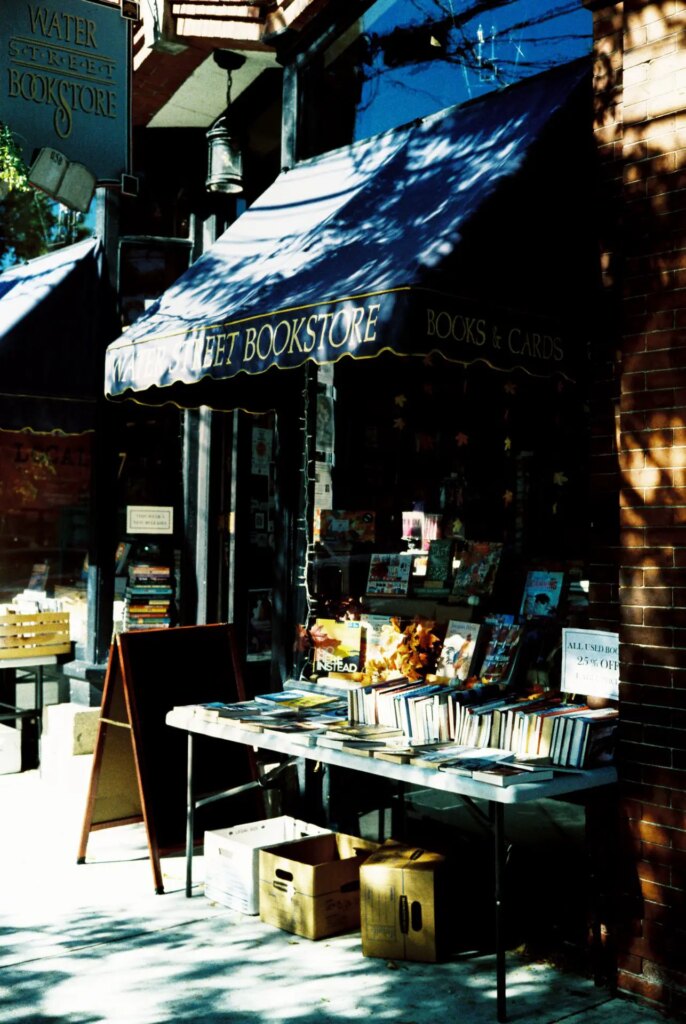
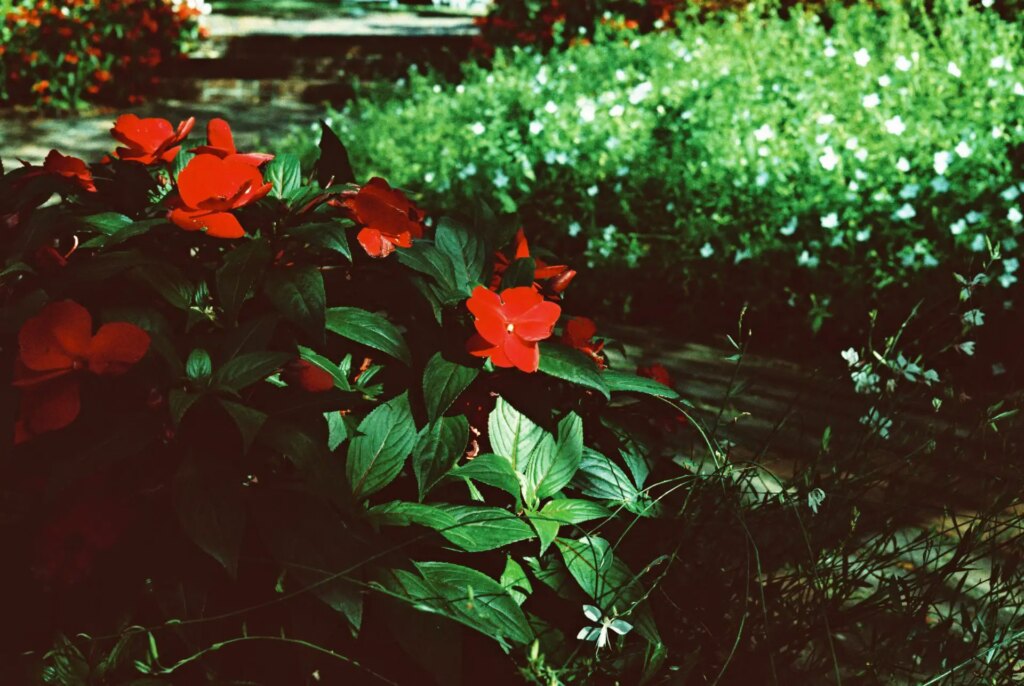
In the bowling alley (image below), I metered using my Leica CL for the highlight of the screen only. Mainly this was also because I was shooting handheld and didn’t want to have too low of a shutter speed. I did the same thing for the Car Wash image as well (see below). You can see this did not work out as well as I would have liked and could have used at least one more stop of light. Shooting in this scenario would have been much better with a cable release and tripod so that you can use higher apertures and let more light in without the blur.
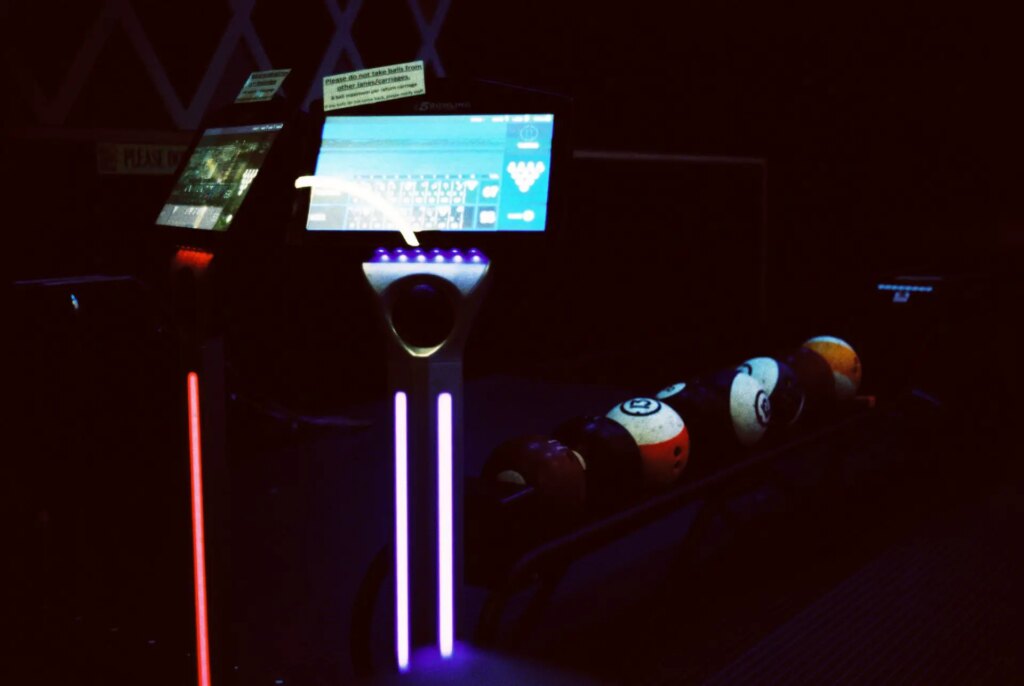
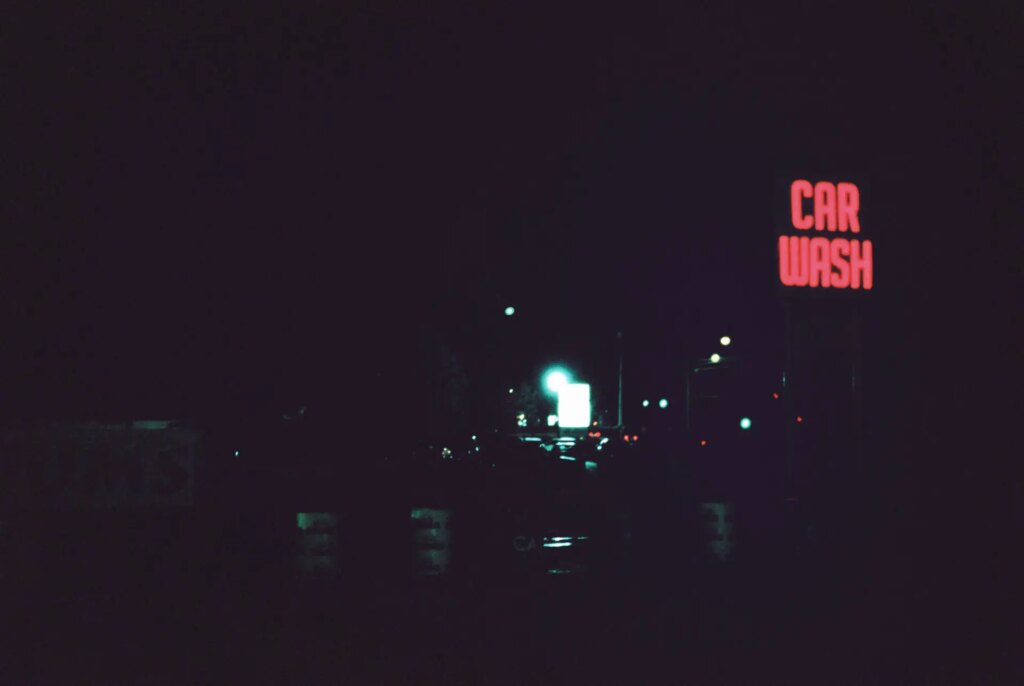
Here are a few images taken in overcast weather with very flat lighting. There is a stronger green in the shadows compared to the sunnier images. These also feel underexposed to me so perhaps next time in cloudy weather, I would add a little more light. They are not my favorite images but also not the worst. The vibe is very moody which I enjoy but wouldn’t be my intended result next time I shoot this film. I’d probably wait for the sun if outdoors or shoot with windowlight on overcast days.

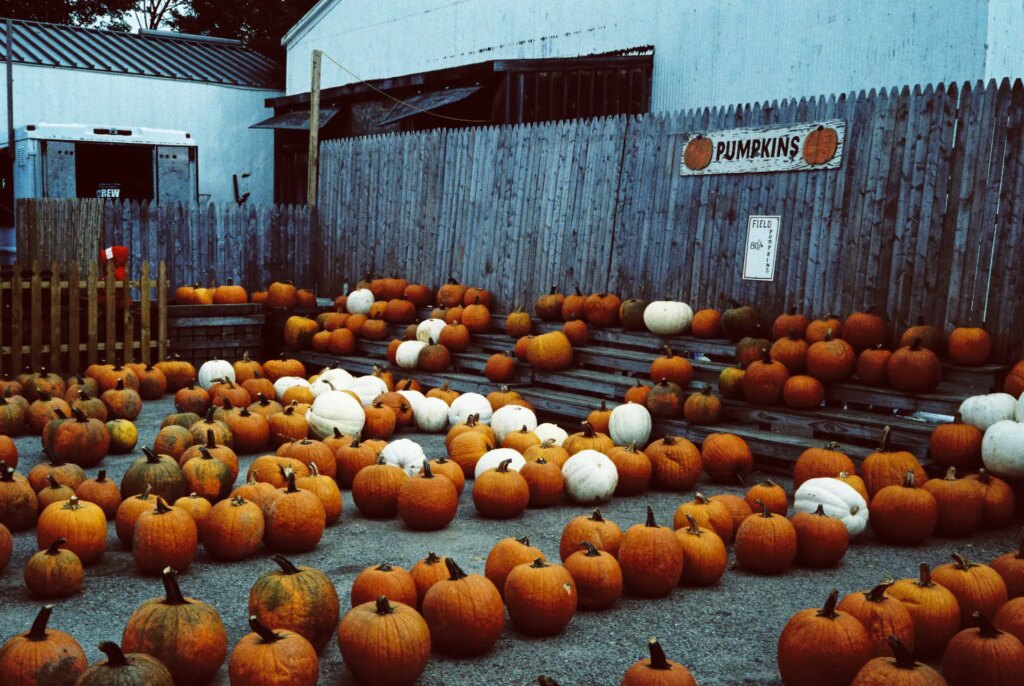
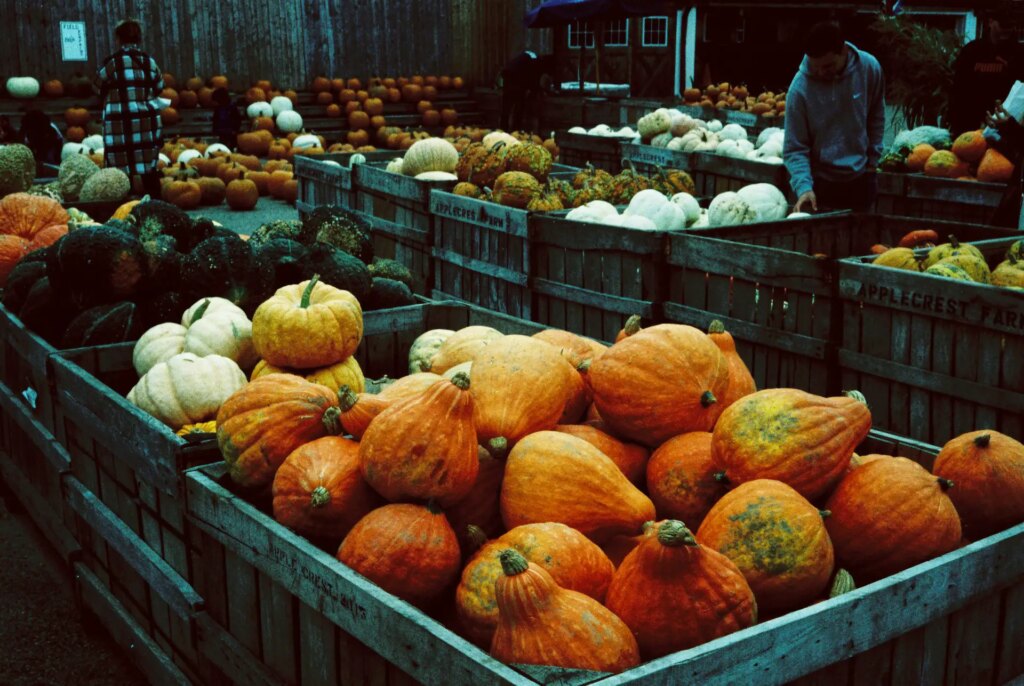
Concluding Remarks
To begin my conclusion, I want to thank Bill at Atlanta Film Co. for sending the rolls to test as well as for the advice in shooting the film. Euphoric 100 is an exciting product. It makes colour reversal film not only more available to still shooters but more affordable. The additional layer of ECN-2 processing completed by Kodak Film Lab Atlanta through Dunwoody Photo differentiates this film from anything else on the market at the moment.
My results varied, but this is to be expected from trying different lighting situations in testing the film. I shot images that make me hungry for more of this film. On the flip side, I learned some things to avoid when shooting this film as well. The ultimate conclusion? Yes, I’m a fan of this film. Personal preferences aside, you can decide for yourself what you think of the film from the samples and images and perhaps even test it first-hand.
We have become accustomed in the last few years to the removal of remjet from motion picture colour film. Halation has been normalized. With the success of companies like Cinestill, the word remjet echoes in the back of my subtly conditioned mind as something to be taken away. With Atlanta Film Co.’s motion picture film (kept whole) releases and recommendation of ECN-2 or E6 processing, they are jumping on the other end of the remjet seesaw, bringing in a healthy balance. Feel free to debate the merits of my seesaw analogy there. Bottom line, it’s nice to have options.
Find out more information about Atlanta Film Co. and Euphoric 100 on their website here.
Last thing, I also made a Youtube video review so if you’d like to watch that, click here!
Share this post:
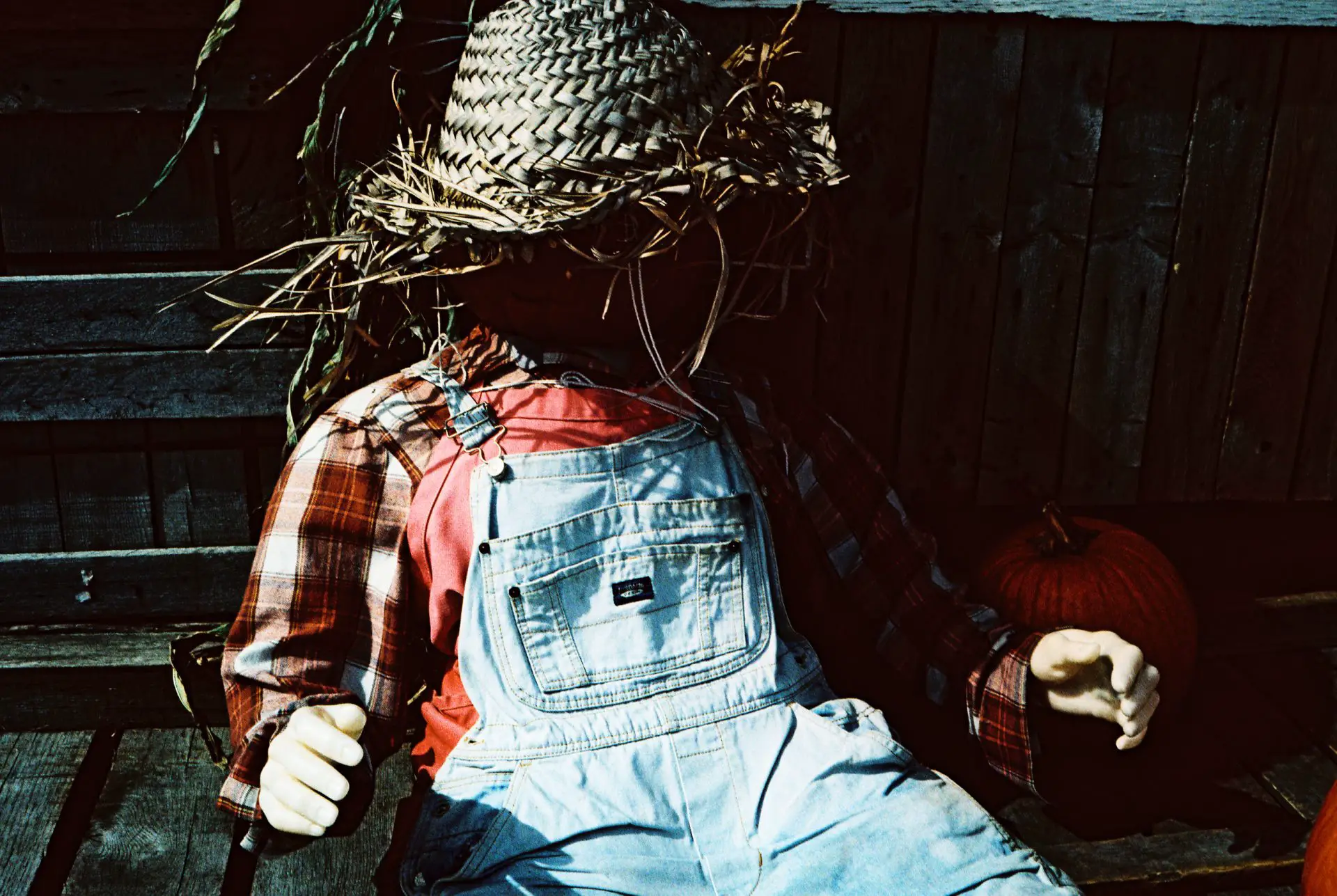








Comments
Steve Fretz on Atlanta Film Co Euphoric 100 – A Film Review – By Molly Kate
Comment posted: 04/11/2022
https://nycfilmlab.com/
Graham Orbell on Atlanta Film Co Euphoric 100 – A Film Review – By Molly Kate
Comment posted: 04/11/2022
Just one hour ago I received a notification that it was back in stock so I ordered 4 rolls straight away, and look forward to very selectively carefully exposing each frame in my 1998 Canon 1n that I fortunately didn’t sell when the digital revolution arrived.
As a cameraman for Television New Zealand ( retired since 2016 ) I shot many thousands of feet of 16mm 72xx Ektachrome film for day turnaround stories ( as well as Kodak negative 72xx for bigger productions)
We used colour film for TV in NZ between 1973 and around 1988 when portable video cameras were completely phased in.
The best advice I can give for exposing colour reversal film is to use an incident light meter where possible rather than a reflected light meter. These measure the light falling on the subject rather than light reflecting off. Typical is the Weston light meter with an Invercone. I still have a cupboard full of Weston, Gossen, and Sekonic incident light meters. Using an incident light meter will pretty well guarantee correct exposures as long as you choose suitable lighting conditions.
The colour film we used for TV was always tungsten balanced used with an amber 85b filter for daylight rated with the filter at around 60 Asa ( ISO ) . Take the filter off for interviews etc indoors lit by QI tungsten lights with a 3200K colour temperature and it’s rated at 100 Asa where the extra speed is needed. This was before the luxury of LED lights with variable light balance that arrived later with portable video. The shutter speed of cameras for PAL TV is normally 1/50 second so the comparatively slow speed of Ektachrome at 60Asa with the 85b daylight filter was ideal. Often we used 85b ND filters for brighter conditions to enable a larger aperture opening. Sometimes we needed to push process but that increased the grain and contrast. Better to use a higher speed Ektachrome that was then available.
At present all the film suppliers I know of here in NZ are showing “Out of Stock” on practically all 35 mm colour films.
Thanks again Molly for writing about these Atlanta Film Co products.
Comment posted: 04/11/2022
brian m cox on Atlanta Film Co Euphoric 100 – A Film Review – By Molly Kate
Comment posted: 05/11/2022
John Squillace on Atlanta Film Co Euphoric 100 – A Film Review – By Molly Kate
Comment posted: 05/11/2022
Comment posted: 05/11/2022
Zheng Li on Atlanta Film Co Euphoric 100 – A Film Review – By Molly Kate
Comment posted: 05/11/2022
I also ordered and received 5 rolls of Euphoric 100 film, after reading the news on 35mmc. I look forward to shooting them and home processing them both in E6 and ECN-2 chemistry.
@John Squillace": as far as I know, Ektachrome 100 for cine does not have remjet layer.
Vlad Serebryany on Atlanta Film Co Euphoric 100 – A Film Review – By Molly Kate
Comment posted: 15/11/2022
For certain, the availability of Kodak EKTACHROME 100D in 36 exp rolls at the lower price is a very good and healthy development. So it’s a bit counterintuitive that offering the top shelf color reversible film at a lower price point is not what Atlanta Film Co is spotlighting.
Instead, they are trying to reach the souls and wallets of the film geeks on almost subliminal level: here is the deep purple can, the Euphoric name, charming models in what appears to be bomb shelter setting, and bootleg-movie contrast and colors style.
The press release and the review in 35mmc.com by Molly Kate (https://www.35mmc.com/04/11/2022/atlanta-film-co-euphoric-100-a-film-review-by-molly-kate/) are trying to entice new-to-film and born-again film photographers with the distinct style the cross-processed EKTACHROME (CPE) has to offer. Color shifts, high contrast and coarse grain should apparently appeal to those whose creativity is racing to leave the realms of our dull, digitally smoothed, perfectly photoshopped reality. In our new world snapping a less than technically perfect picture is a challenge by itself, what once was the reason to (verbally) attack a lab technician, now is the sought after “look”.
So let’s take a closer look to see if CPE is good for at least some projects and what it would take to produce images one can show her/his peers without people rolling their eyes.
Unfortunately, what is missing from the Atlanta Film Co press releases and Molly’s review are the specific guidance and recommendations on how to use the film in its negative incarnation (and as a classic reversal film as well). There is no mention of what to do if one wants to scan film at home with either a flatbed scanner or DSLR. I don’t have access to the film itself as it is out of stock, but my previous experience, the sample shots and a bit of internet searching suggest the following.
First of all, the most interesting and actionable info comes from this Kodak blog post “Marcell Rév adopts an EKTACHROME approach for 'Euphoria' in pursuit of a nostalgic view“ (https://www.kodak.com/en/motion/blog-post/euphoria). The piece discusses specific aspects of shooting the movie and the great lengths and huge costs and labor which went into the production. To me, the most important part of the article was the one where the peculiarities of lighting during the shoot were discussed. After all, the most amazing feature of that particular movie shoot was that the camera crew and lighting crew should have been ready to switch from Vision 3 500T stock to EKTACHROME 100D and back on the director's whim. Not only the amount of light and its white balance had to be switchable, but EKTACHROME- as-negative required the light to be more of a flooding fashion to compensate for the elevated contrast. That aspect is actually an important clue to anyone who is going to shoot CPE - so I would say get your flash ready even when shooting in the broad daylight (like like wedding photographers ).
Now, suppose the film is processed as negative and one holds the strange looking pink’n’green strips. Why are they strange? The rather unusual aspect of cross-processed _slide_ film is that it does not have the ubiquitous orange mask found in regular negative film. Folks scanning film themselves take a note! By itself this fun fact may not be the reason for celebration, but it has a number of implications.
Of course the orange mask in negative film is there for good reason - namely to compensate for the inherent spectral imperfections of the dyes comprising the color film emulsions. Some ancient stocks like Soviet DS-4 (ДС-4) did not have mask and produced sort of subdued colors in print. But today, I cannot name mask-free negative emulsion. Obviously for the color prints the mask was the part of the deal and we all know it worked quite well ;-).
But the presence of the orange mask is something which gives folks scanning color negatives and inverting images at home quite a headache - especially to folks on tight budgets or with the limited conversion experience.
Technically speaking, the orange mask absorbs a significant fraction of the blue light used to illuminate the negative during scanning. That happens to such a degree that the blue channel becomes visibly noisier in the scanned images as the higher gain (amplification) is required.
On the post-processing side, one would need a Negative Lab Pro and Lightroom combination to deal with the orange mask while inverting negative captures. Certainly, experienced users know how to use, say, Darktable or other free image editing software to make inversion fast and efficient, but this note is concerned with the folks who need some reference points.
The absence of the orange mask in CPE makes it - at least in theory - much easier to invert. Of course the color disbalance caused by the cross-processing complicates color grading, but that may be less of a challenge then inverting masked film. Besides, isn’t having weird colors the whole point of employing CPE? If one would need true to life colors they would simply process film as reversible in E6 chemistry and enjoy exceptional colors right off the tank.
I was having trouble deciphering the statements in the press release and Molly’s article about greenish cast which is easy to fix. My understanding is that the CPE inversion process should have green cast removal as part of the process. As long as a negative image is being transformed digitally, why are we talking about fixing something after the inversion? Are they talking about the lab scan which produces inverted, but not corrected images? If that is the case, I would never pay for such a scan to begin with. I understand we may continue to alter /color grade fully corrected image for some specific look, but that is a separate step IMHO.
In fact, Kodak Film Lab Atlanta did a bit of research already and produced the video https://fb.watch/gEhJu8x_cJ/ which compares ECN-2 cross-processed EKTACHROME vs Vision 3 stock. To be honest, the comparison is not favorable to CPE, but today we are not looking for color de jure - so let's note the fact that such a comparison exists and can be perused as needed.
There is also the third document from Kodak. ( https://www.kodak.com/content/products-brochures/Film/Cross-processing-EASTMAN-EKTACHROME-Color-Reversal-Films-tib5200.pdf ). This is the technote dealing with the potential deterioration of ECN2 developer itself when EKTACHROME is processed in it. That may be of interest to folks who will process film at home. Another point Kodak is noting is that the stability of dyes may be compromised in cross-processed EKTACHROME as there is no stabilization bath in ECN2 , but present in the E6 process..
Anyway this note is becoming TL;DR. Let me make few points:
- The fact that EKTACHROME reversible film becomes available at a lower price point is very good news indeed. Shooting classic slide film teaches photographer exposure measuring discipline, instills respect to the white balance and rewards with unbelievable colors.
- Based on the sample pictures attached to the press release and Molly’s review I would say that perusing this stock as negative requires very good planning in terms of lighting, careful choice of subjects, a good deal of previsualization and conceptualization. Honestly, those outdoor pictures with pumpkins did not trigger in me any excitement. In fact they look more like the stock expired eon years ago and subjected to some sort of chemical CPR ;-( . Of course one can always come up with the cumbersome story for which those pictures will be perfect companion pieces. But if a picture requires some fancy narrative to shine, it means that the picture itself is lacking.
Actually I specifically asked a friend of mine to give me half-an-hour of HBO access so I can quiz myself if I can tell which cuts in the Euphoria Season Two shot on which stock. Certainly the difference in film stocks was in your face and was obvious to the degree of being didactic. I was shocked by this sort of “Hillbilly Elegy” on drugs, and will not be surprised if the next season just for the sake of enticing the viewers will come both on celluloid and in red and blue 3D. Sorry, I digressed.
-IMHO, the hype around ECN2 processed EKTACHROME is what it is - the hype with the goal of reaching film-shooting hipsters who shoot film for bragging rights and who consider the cassette with a film not a blank canvas for them to create, but another weird filter to spruce up their unremarkable pictures.
travis on Atlanta Film Co Euphoric 100 – A Film Review – By Molly Kate
Comment posted: 07/01/2023
Thank you so much for your review. I really enjoyed these images and your analysis. I just got 2 rolls of the Euphoric film to shoot myself. My one question (I am novice with film): should I use the 80A filter with this film if I am shooting outside (daylight) or at night? Or, is the 80A filter only to be used if I am shooting under tungsten light?
Thank you for any recommendations you could give.
Travis
Comment posted: 07/01/2023